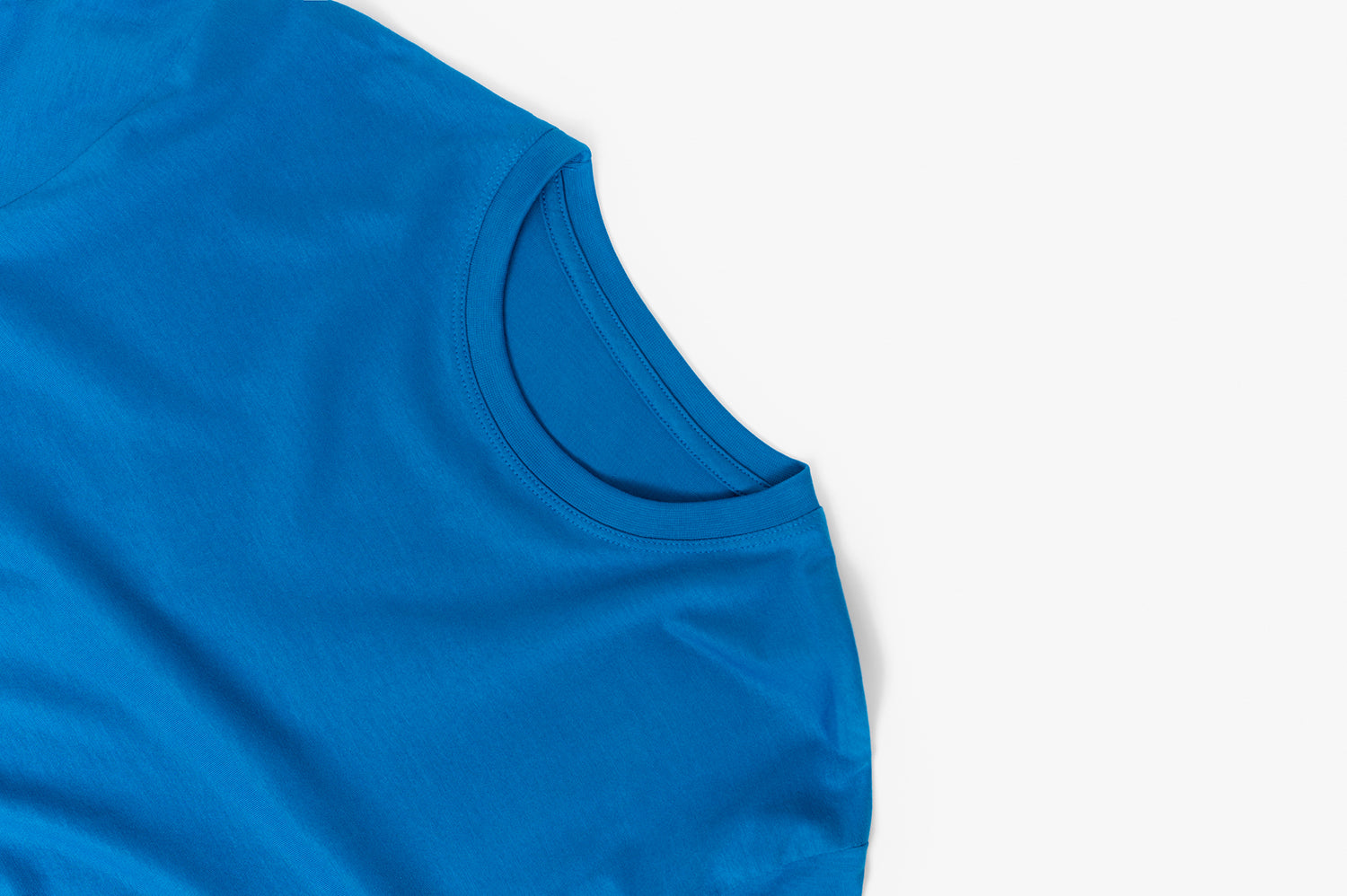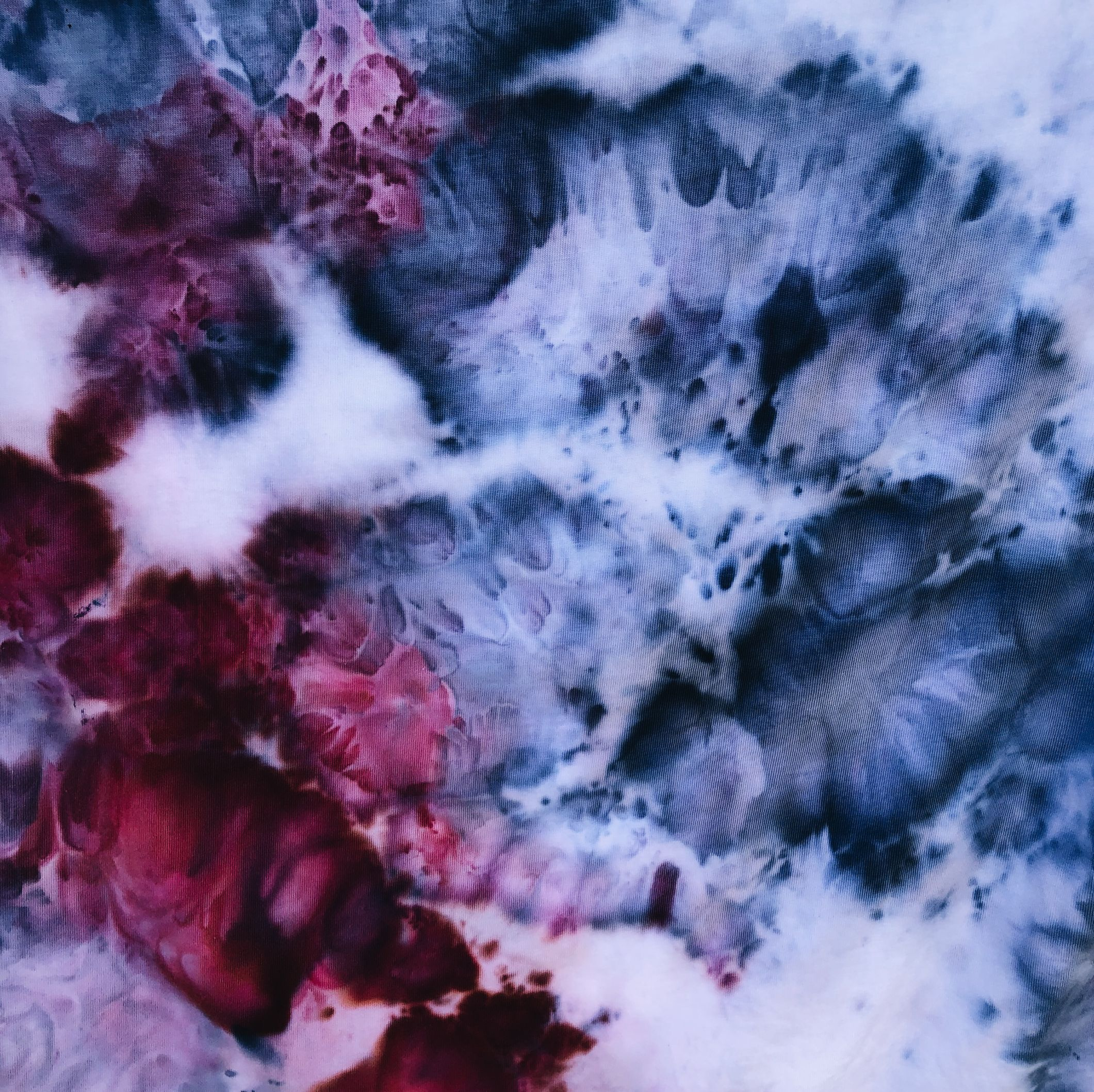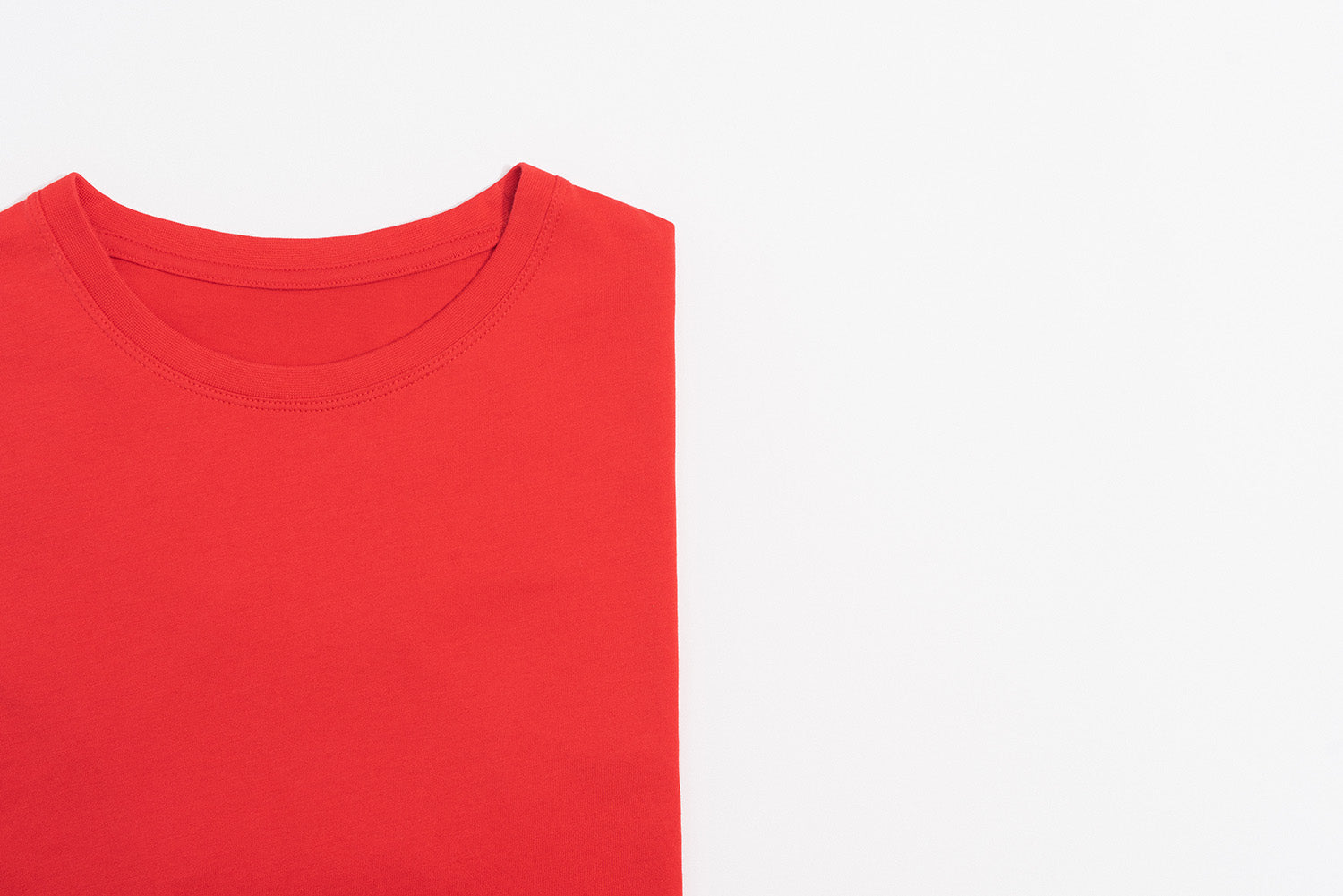"Blue has no dimensions; it is beyond dimensions, where as the other colours are not. All colours arouse specific associative ideas while blue suggests at most the sea and sky, and they, after all, are in actual, visible nature what is most abstract"
-Yves Klein

The inspiration for our latest color, French Blue can't totally be explained. Similar to the breadth of the color Blue, in general. Unlike certain reds, browns, and yellows, blue pigment isn’t quite as easily made. History has seen blue take many forms. Egyptian blue is among the first human-made pigments. Copper compounds contributed to this familiar hue of blue, and is one of the oldest known pigments.

An Accidental Legacy
Prussian Blue was accidentally discovered by the dye-maker Johann Jacob Diesbach. While working on a cochineal red pigment, he mistakingly combined potash with animal blood and his red dye emerged as a potent blue. The animal blood had spurred an unlikely chemical reaction, which created the compound iron ferrocyanide. That pigment is now known in German as the color Berliner Blau or, in English, as Prussian blue.
In the coming decades, Prussian blue would grow to become a staple ingredient on artists' palettes all over Europe. The first known use of Prussian Blue as a pigment was in Pieter van der Werff's Entombment of Christ, c. 1709.

After this, artists everywhere began incorporating blue pigment into their works.



Blue Skies
Astronomer Sir John Herschel along with the help of the pigment Prussian Blue, discovered cyanotype. The cyanotype process uses light-sensitive iron salts produced by brushing solutions of Fe7(CN)18, also known as Prussian blue, onto paper, which is then dried in the dark. The cyanotype is one of Herschel’s most influential contributions to the art of photography. Not only does it lend itself to strikingly beautiful photos, but the cyanotype is also the originator of the architect blue-print.



IKB - International Klein Blue
And of course, Yves Klein's International Blue. The artist spray-painted entire canvases, everyday objects, and casts of ancient sculptures with French Ultramarine, which had been invented about a century before. Later, Klein created a matte version of ultramarine and patented his new method of pigment production under the name International Klein Blue, or IKB, in 1960.







Leave a comment
This site is protected by hCaptcha and the hCaptcha Privacy Policy and Terms of Service apply.